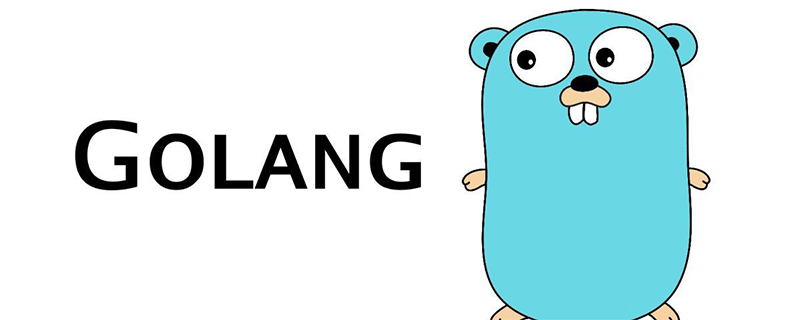

Use the strings.Join() method to splice string arrays:
func BenchmarkAddStringWithJoin(b *testing.B) {
hello := "hello"
world := "world"
for i := 0; i < b.N; i++ {
_ = strings.Join([]string{hello, world}, ",")
}
}join will first calculate the length after splicing based on the contents of the string array, and then Apply for memory of the corresponding size and fill in the strings one by one. If there is already an array, this efficiency will be very high, but if there is not already, the cost of constructing this data is not small.
This method is similar to the Array.prototype.join method in js. It splices a target string into each element of the array. The target string is the parameter of the join method.
strings The .Join method is more efficient than ordinary string splicing in the form of "str" or "str2". This is because the string itself is a constant. To splice it into a new string, the original string object must be destroyed and then used. The current reference points to a new string object, which is very expensive, but strings.Join does not.
For more golang knowledge, please pay attention to the golang tutorial column on the PHP Chinese website.
The above is the detailed content of How to splice string arrays in golang. For more information, please follow other related articles on the PHP Chinese website!
 What are the definitions of arrays?
What are the definitions of arrays?
 js string to array
js string to array
 Array initialization method
Array initialization method
 c array initialization method
c array initialization method
 How to find the maximum and minimum value of array elements in Java
How to find the maximum and minimum value of array elements in Java
 How to remove the first few elements of an array in php
How to remove the first few elements of an array in php
 Summary of java basic knowledge
Summary of java basic knowledge
 Zero-based Java self-study tutorial
Zero-based Java self-study tutorial